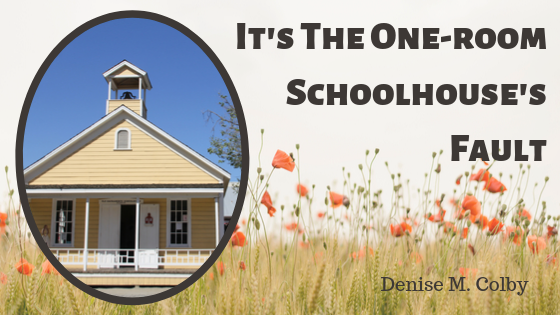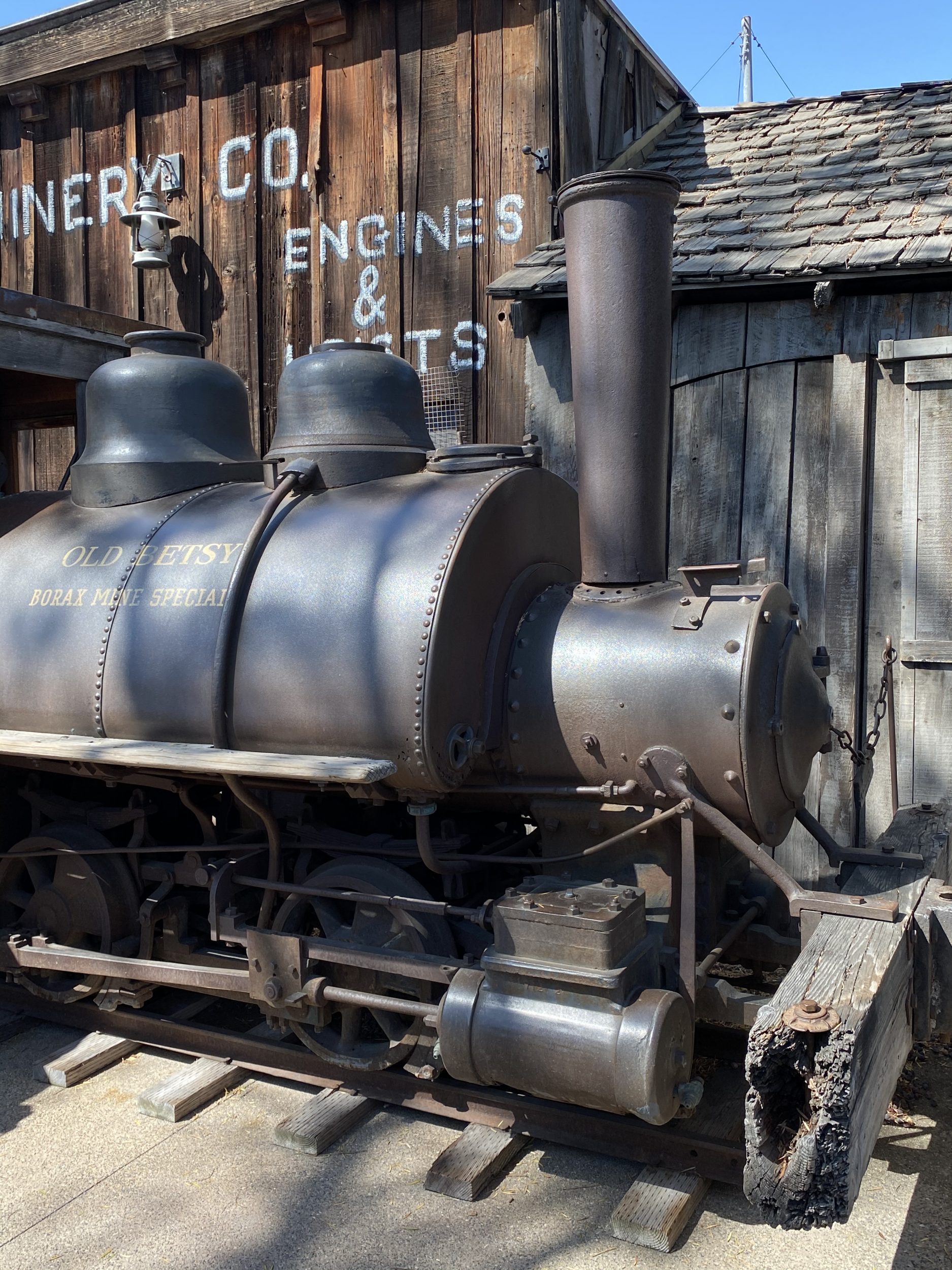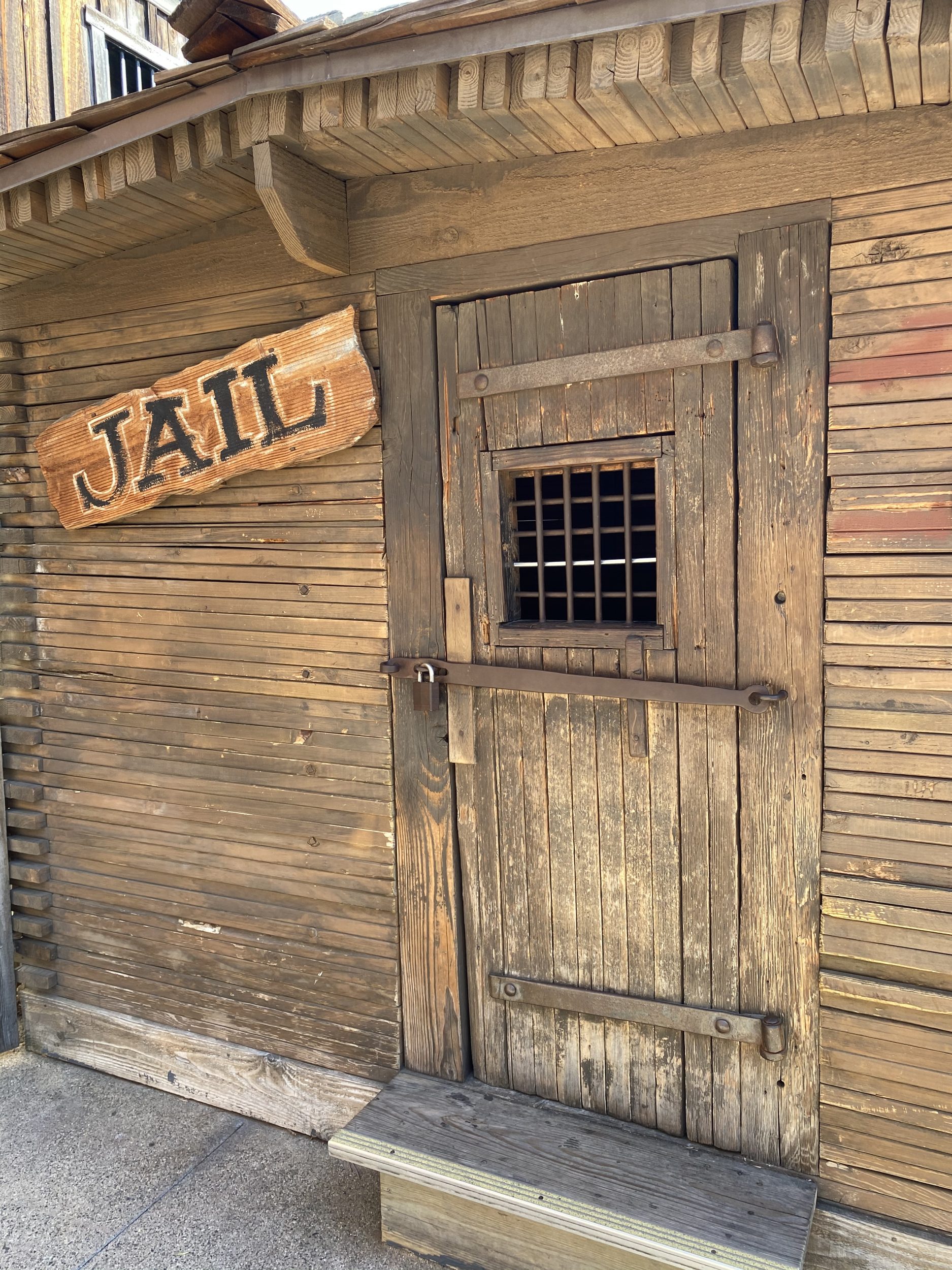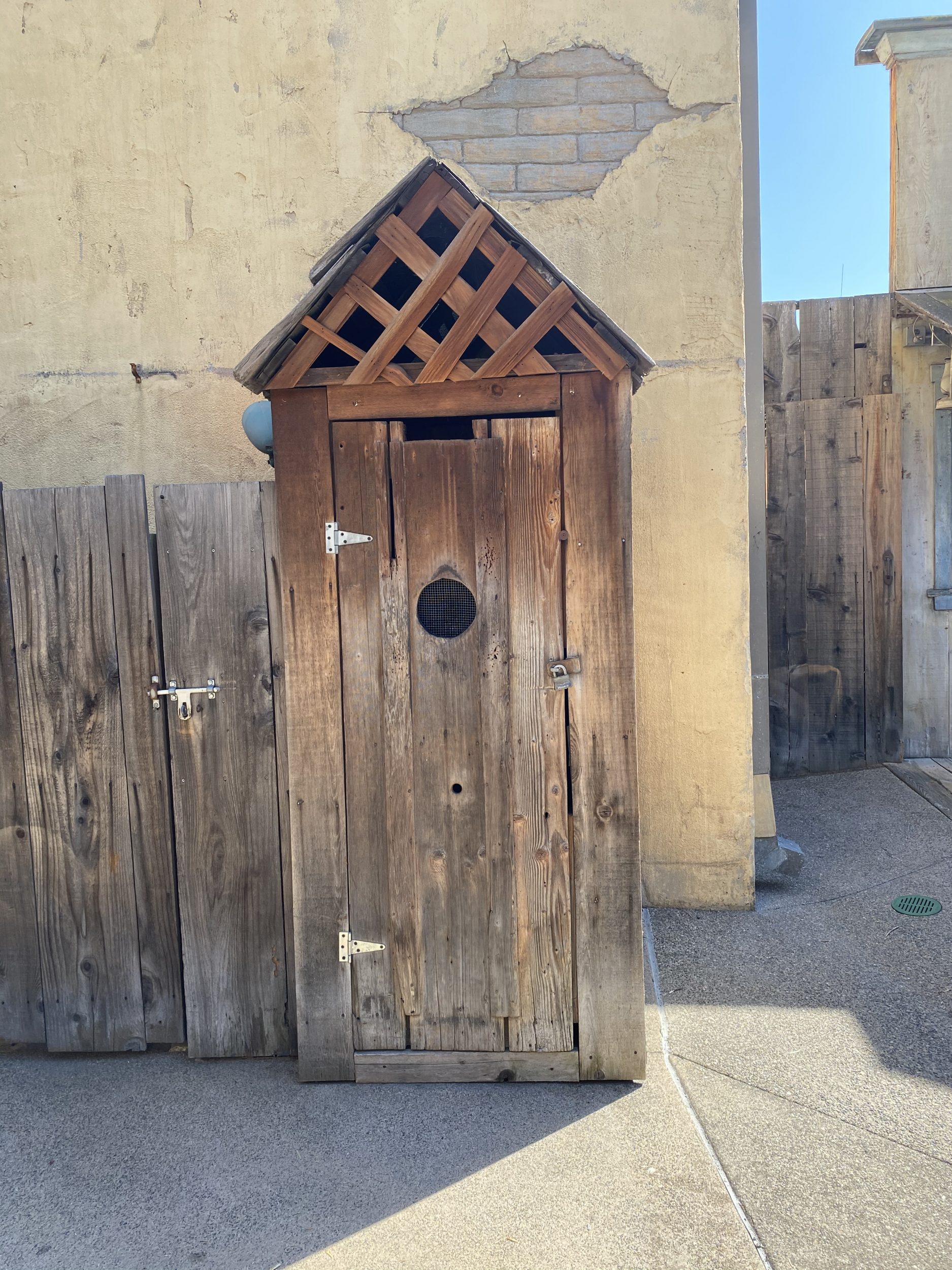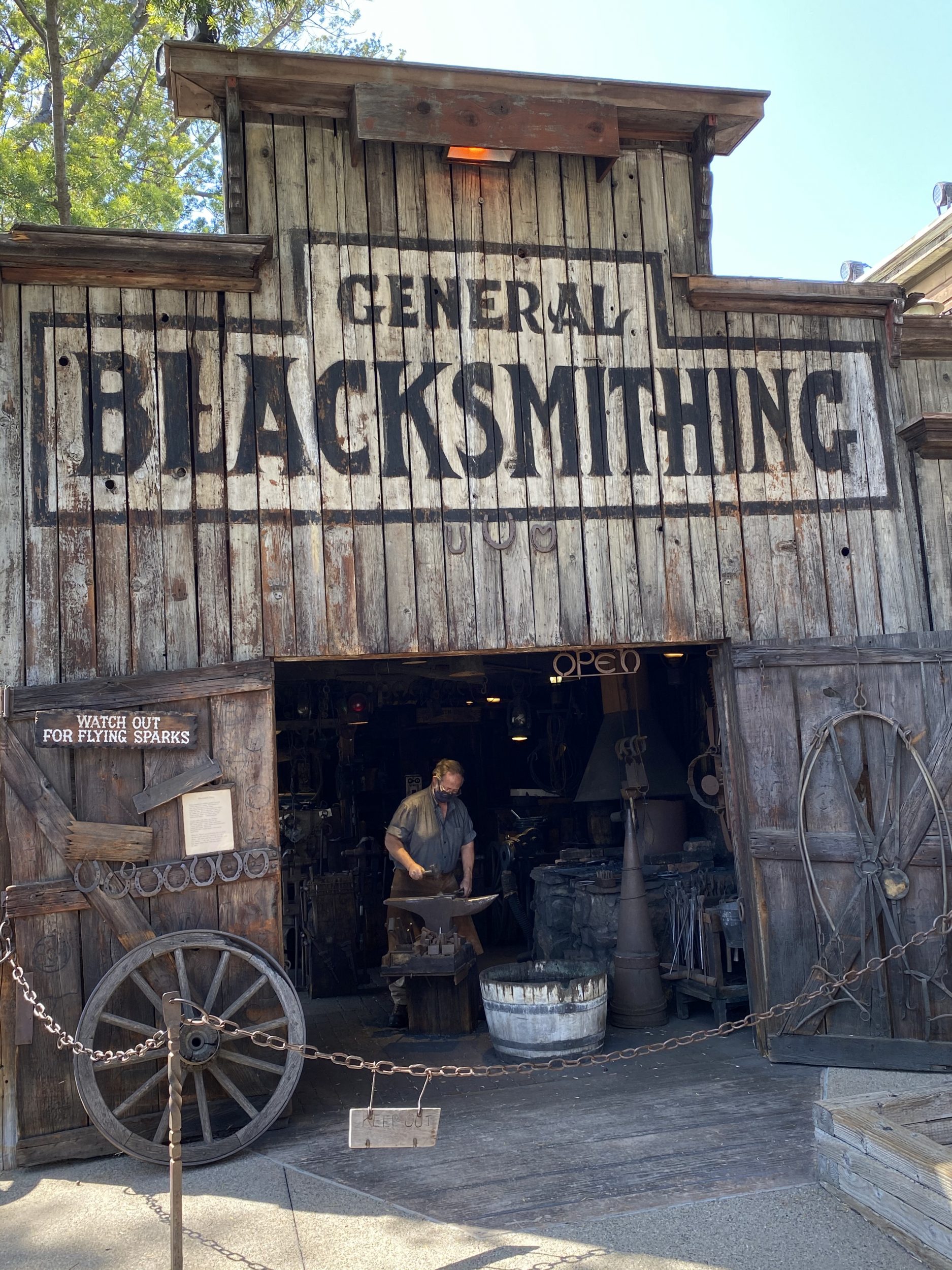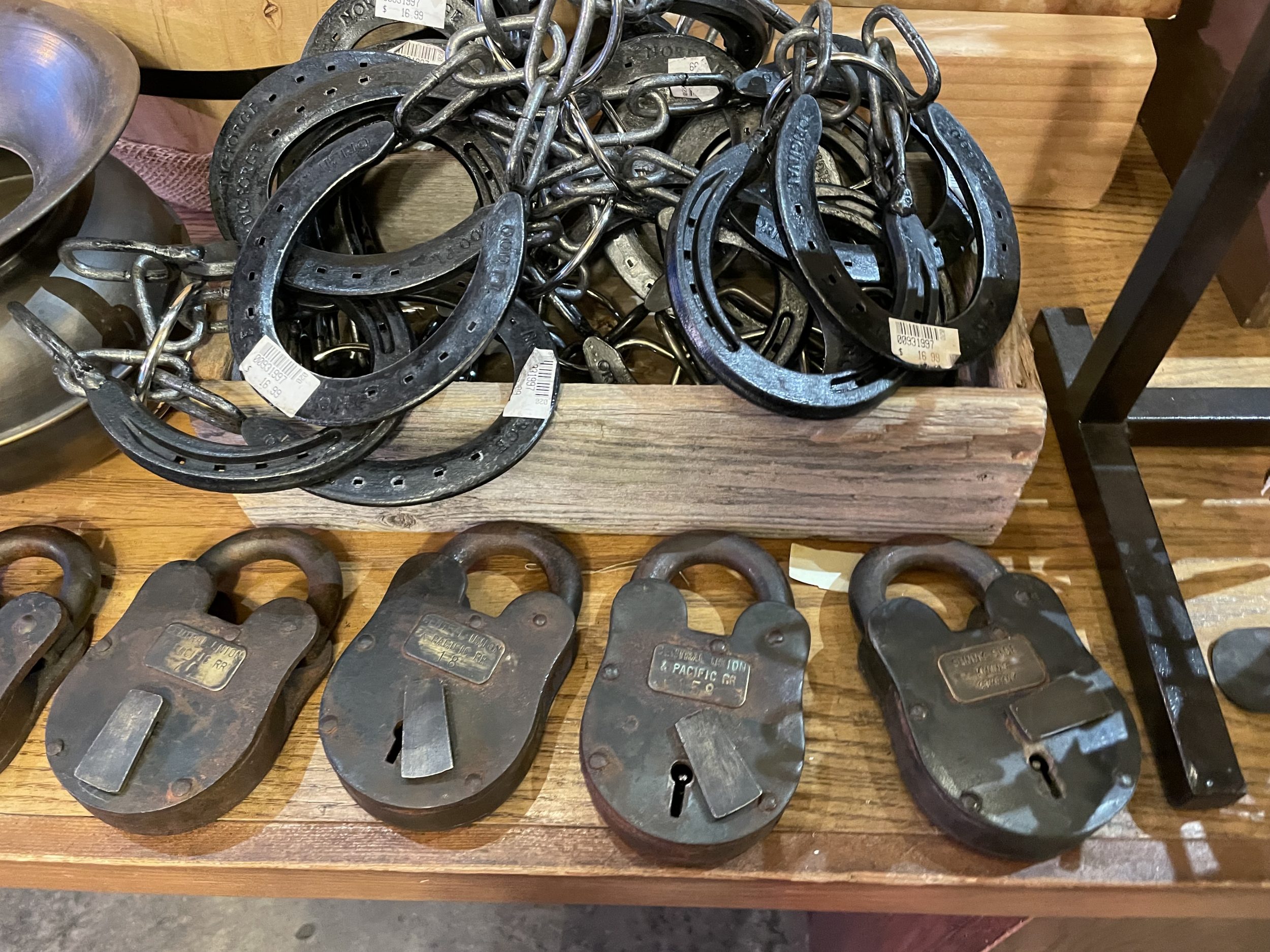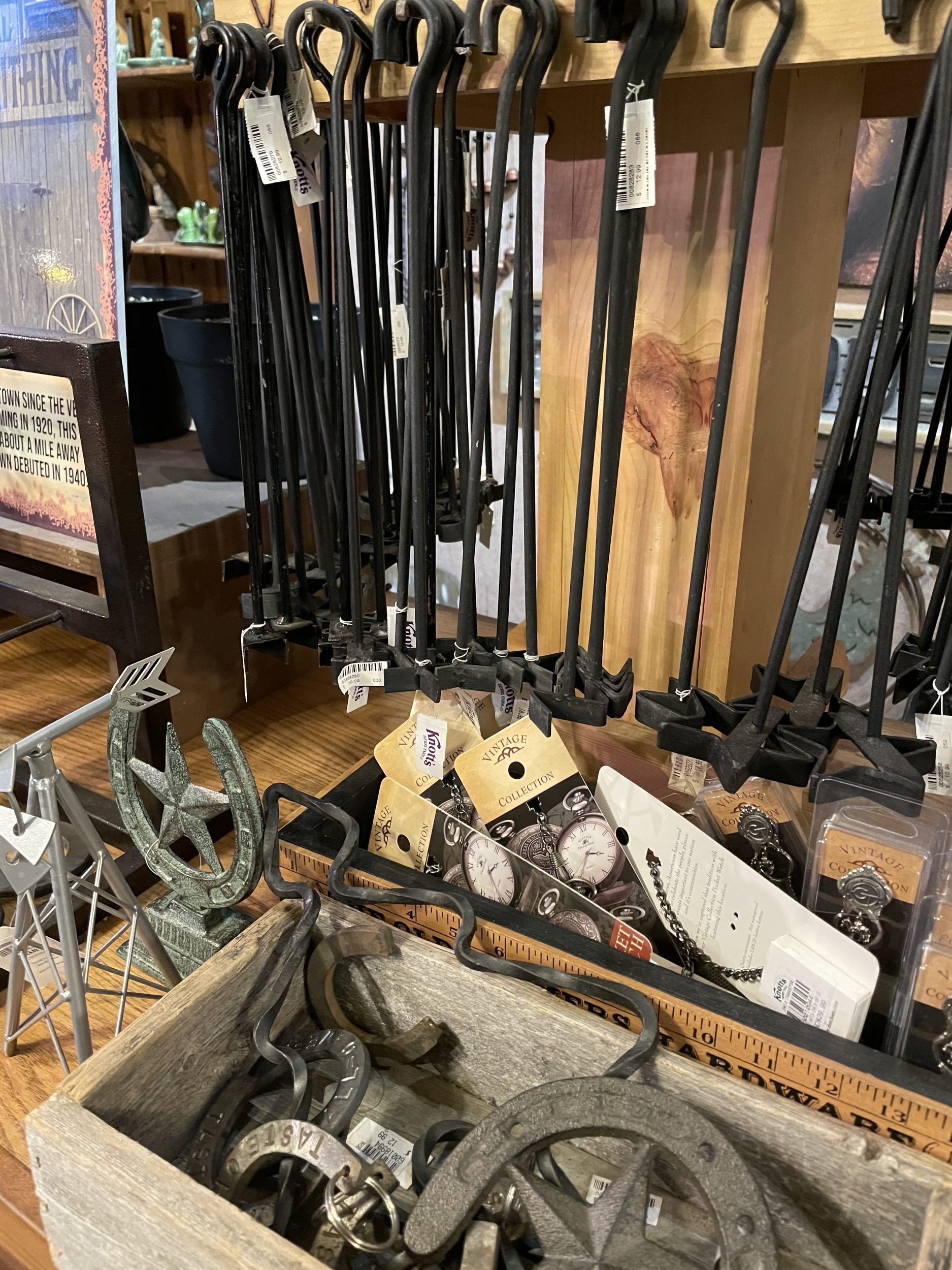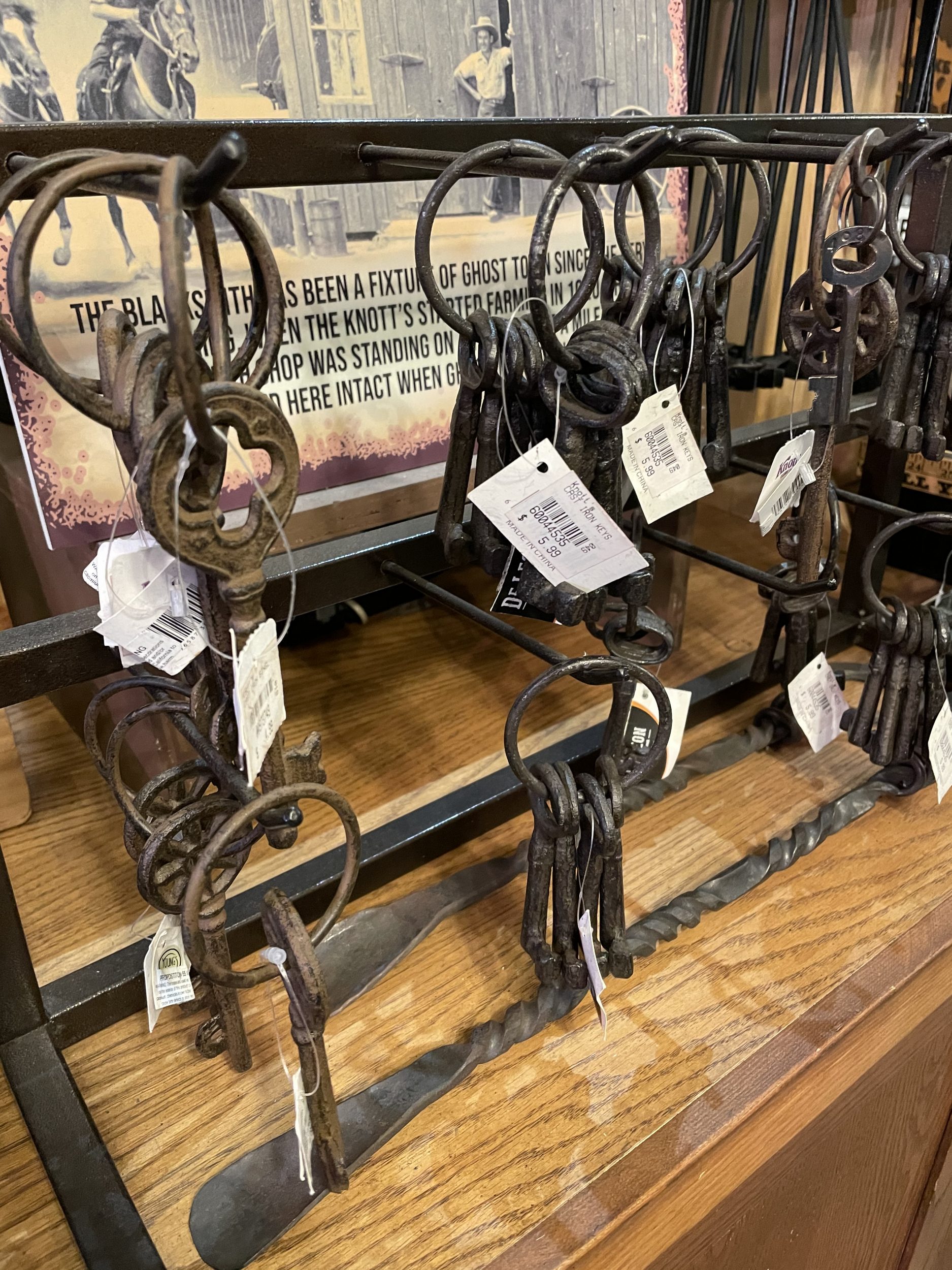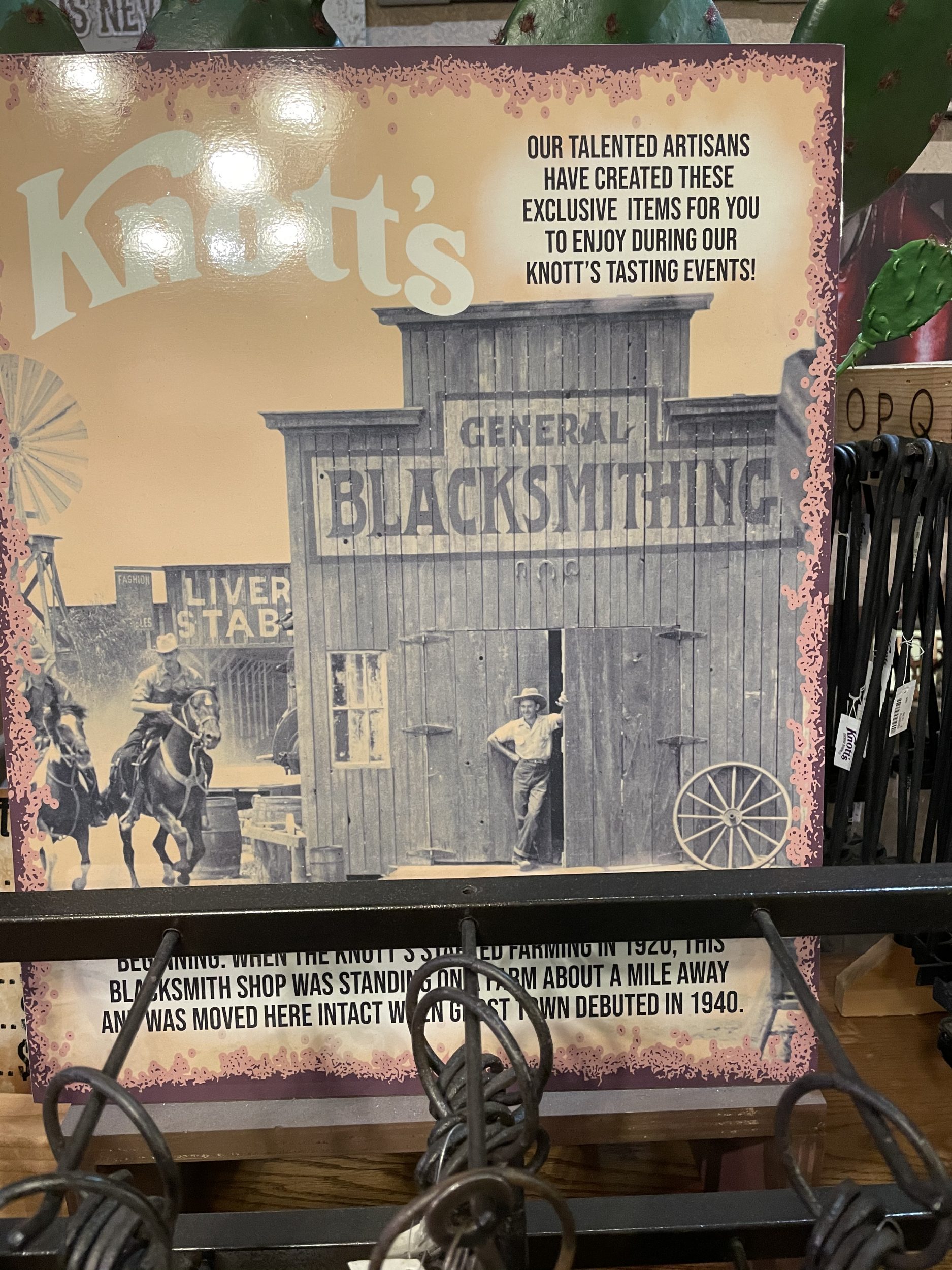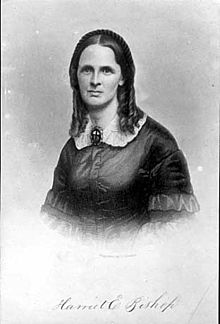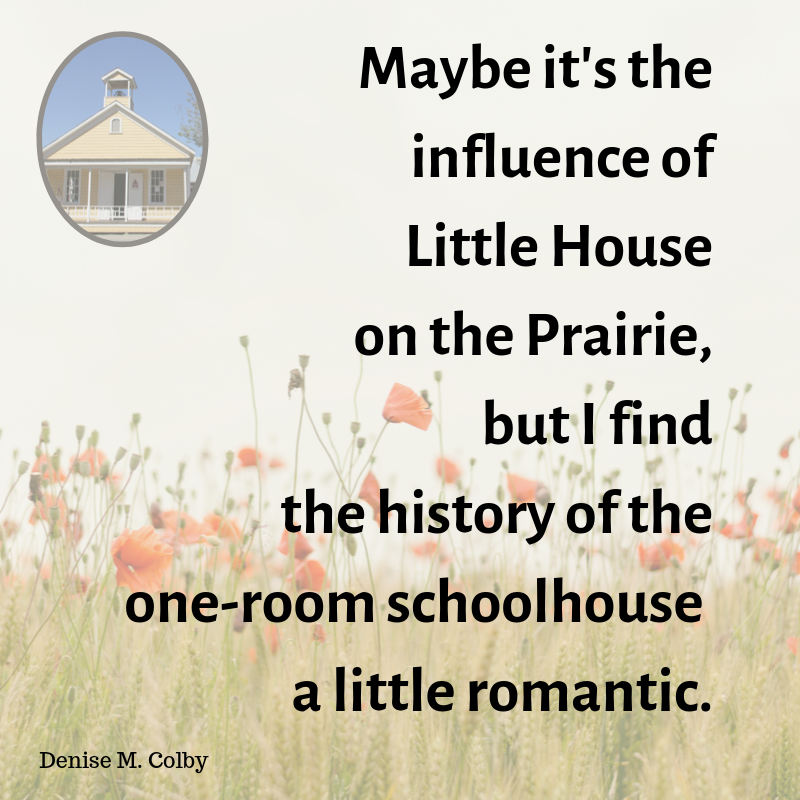Have you ever seen old historical teacher rules from the 1860’s? As a historical fiction writer, I love learning about these things. Oh to be a teacher back then!
Of course there weren’t options for women who needed to support themselves or wanted to do something outside of the home. So landing a teaching job was a really big deal. And there was a set of rules they needed to follow. From how they managed themselves, to how they managed their classroom.
This is actually how my writing journey began – when I first learned about these “teacher rules” .
Learning about these historical teacher rules
I was visiting Sacramento, our state capital, with my son’s fourth grade class and they spent part of the day at the one room schoolhouse there. The docent performed a school session for the kids to show them what it was like. I found all of it fascinating.
But this post is about the historical rules teachers had during this time.
These rules had to be followed in order to keep their job. Since much of it was tied to not marrying or even courting (for the women), and I loved to read romance, I wondered what that must’ve been like, and my heroine, Olivia, started to appear in my mind.
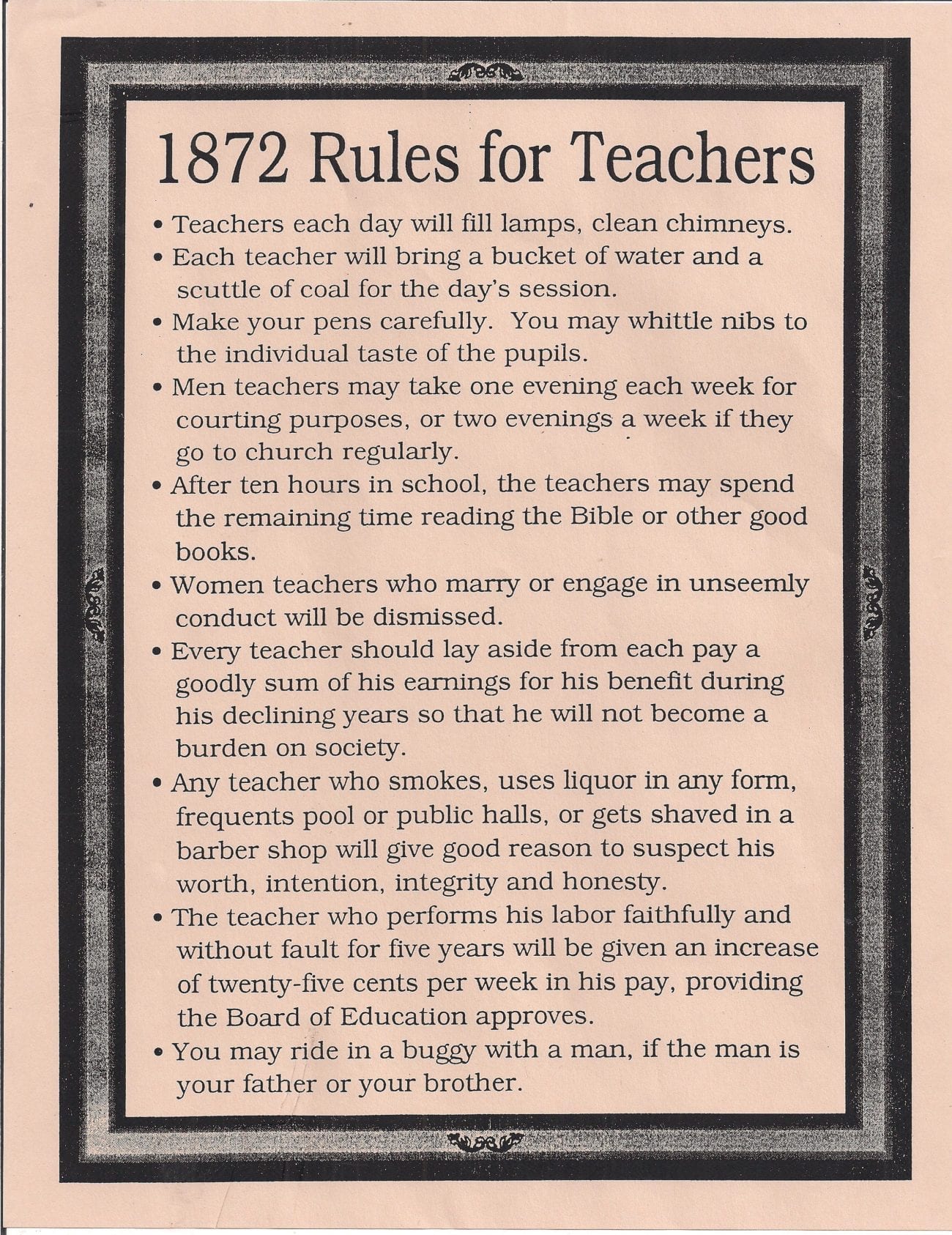
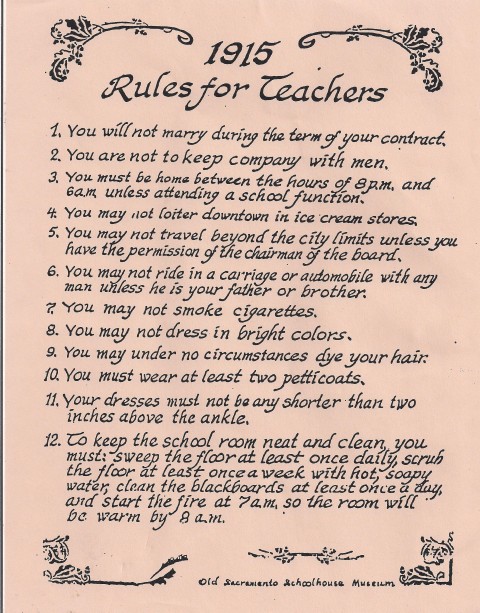
During my research for When Plans Go Awry, I found that women teachers had different rules than their male counterparts. I also learned that women were not allowed to go inside an ice cream parlor.
What?
Since ice cream is my favorite dessert, I had to investigate. And add this one into my story, even though I found it in the 1915 sheet (but ice cream did exist in 1869).
And in case you don’t believe me, here’s a website I found from Williamson County Illinois Historical Society that states the teacher rules as well. Which means these rules were throughout all the states, not just in one region or area.
Historical Punishment List
There also were a list of punishments the teacher had to adhere to. I purchased this sheet from the Old Sacramento Museum because it captured my attention that much. And I incorporated a few of them into my story as well.

The discipline was strict. Take a look at how many lashings a student would receive based on each infraction. To make a swing and then swing on them was a big one with seven lashings, where fighting at school was only 5. Girls and boys were not allowed to play together and had separate play places. Playing cards was the worst, as well as misbehaving to girls.
How did teachers in the 1860s do this?
It was the times. Which is why historical fiction is so popular. We are transported to a different time, different world, with different rules. In the case of this blog post I can drill down even further, and say different teacher rules.
And so an idea for a story started to brew. What would’ve it been like to live with these rules? And so many of these examples found their way into my debut novel When Plans Go Awry to help give a flavor as to how it was to be a teacher during this part of our history.
Let me know if you find it interesting as well, or if there are rules you’ve heard of that I haven’t mentioned.
I wrote a blog post about the one-room schoolhouse we visited if you’d like to read more about that.

